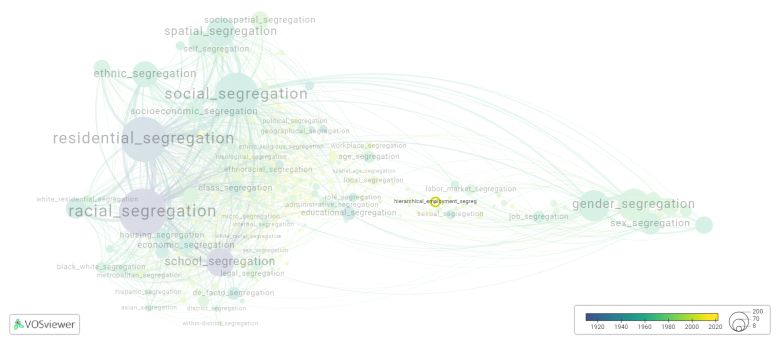Hierarchical employment segregation
Date and country of first publication[1]
2014
Germany
Definition
Hierarchical employment segregation refers to the phenomenon where individuals are segregated in the workforce based on their hierarchical position within the organization. This can manifest in various forms, such as certain groups being relegated to lower-level positions with limited opportunities for advancement, or certain demographics being underrepresented in senior leadership positions.
This segregation can be the result of various factors, including systemic biases, discriminatory hiring practices, and unequal access to educational and professional development opportunities. Hierarchical employment segregation can have negative impacts on individuals, as it can perpetuate inequality, limit career advancement opportunities, and contribute to the overall lack of diversity in the workforce.
Addressing hierarchical employment segregation requires a multi-faceted approach, including implementing diversity and inclusion initiatives, promoting equal access to career advancement opportunities, and challenging discriminatory attitudes and practices within the workplace. By striving for a more inclusive and equitable work environment, organizations can help break down barriers and create a more diverse and representative workforce.
See also
Related segregation forms
Hierarchical employment segregation is frequently discussed in the literature with the following segregation forms:
occupational gender segregation, hierarchical segregation

This visualization is based on the study The Multidisciplinary Landscape of Segregation Research.
For the complete network of interrelated segregation forms, please refer to:
References
Notes
- ↑ Date and country of first publication as informed by the Scopus database (December 2023).
Hierarchical employment segregation appears in the following literature
Langfeldt B. (2014). The influence of career planning, career strategies and organisational conditions on gender disparities in the career of mathematicians and physicists. Paths to Career and Success for Women in Science: Findings from International Research, 221-240. Springer Fachmedien.https://doi.org/10.1007/978-3-658-04061-1_13
